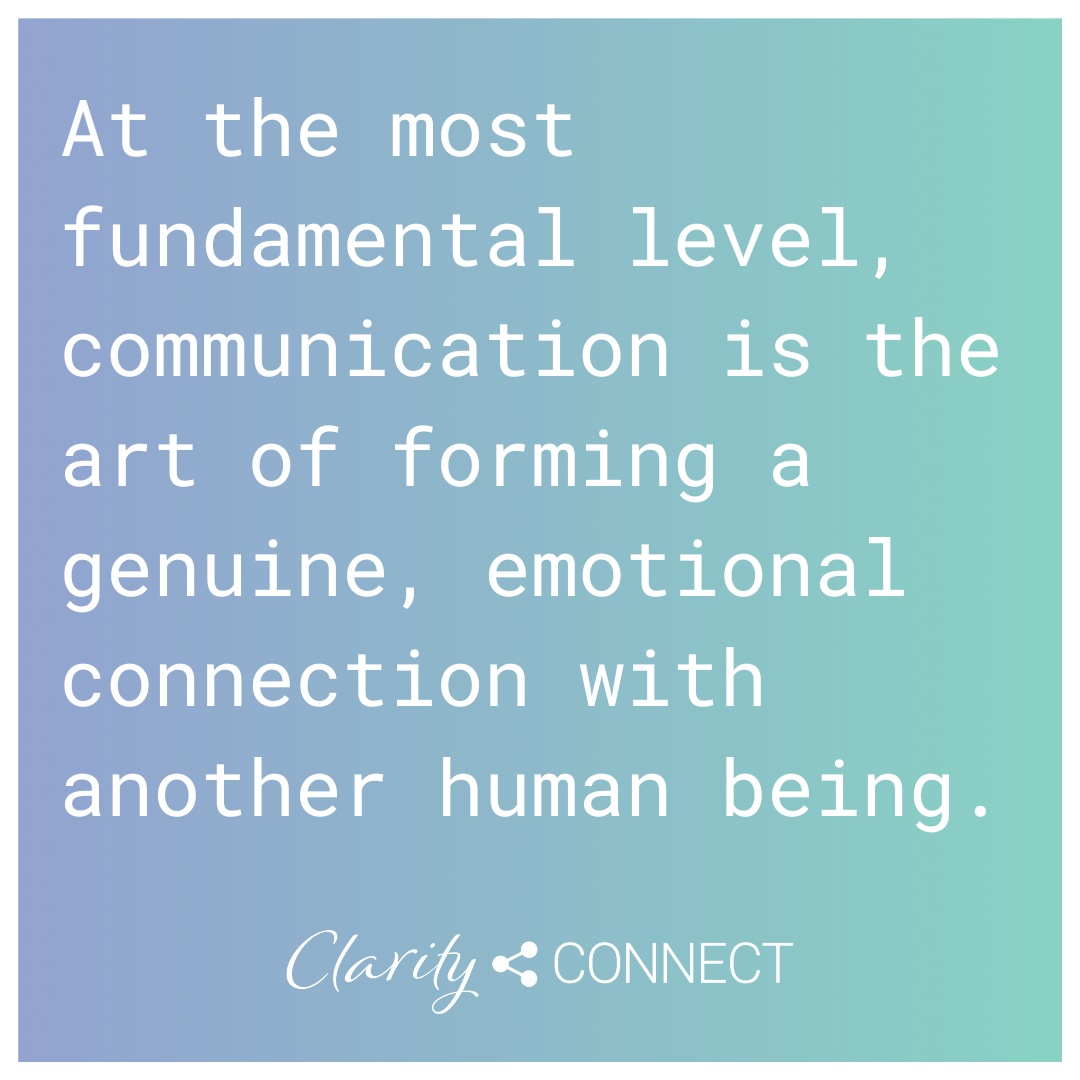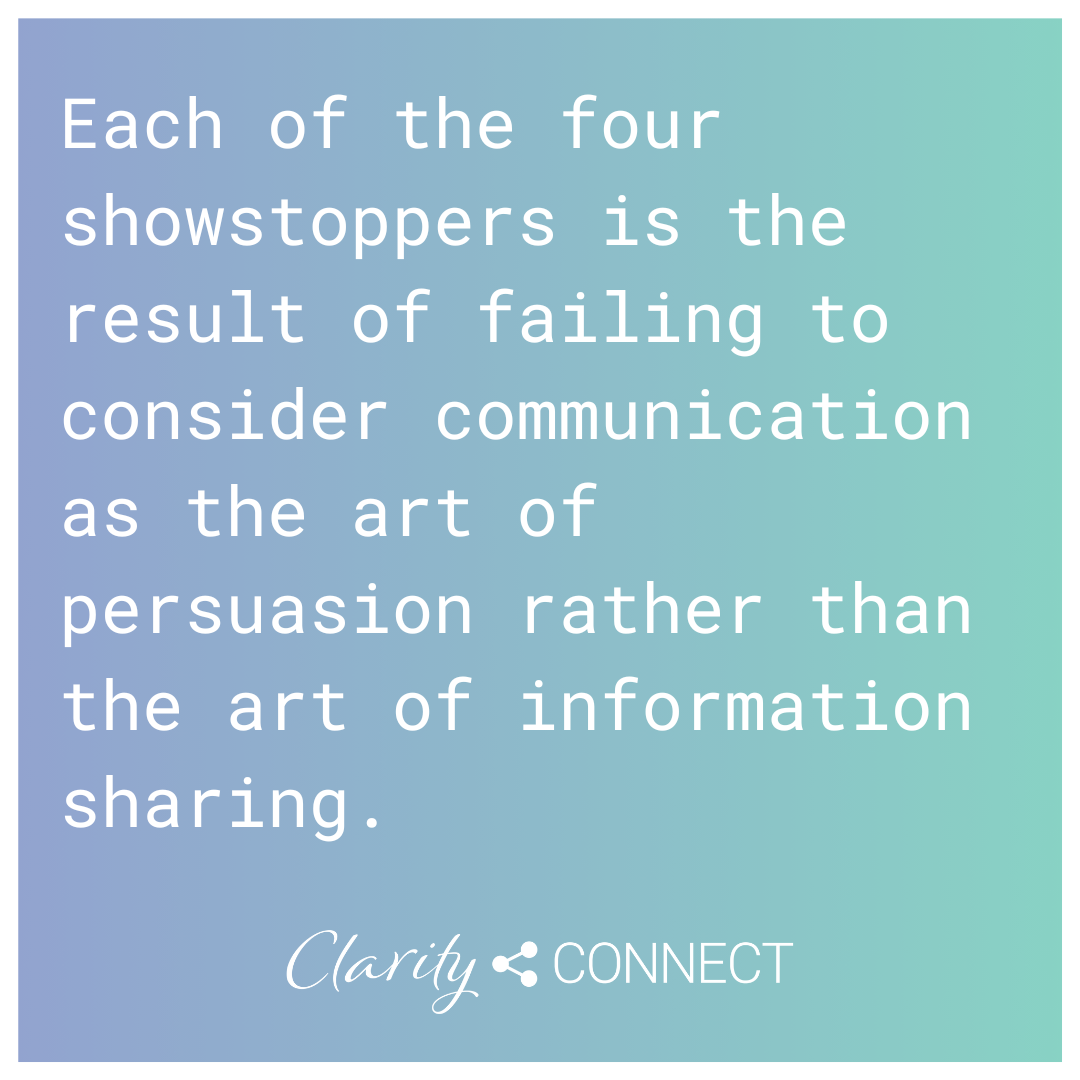
When I worked for an eLearning company, the most nerve-wracking moment of the week was when we were ready to “ship” a module or course to the client. As lead designer for a project, it fell to me to do the final QA (quality assurance check), and I had to determine the level of quality that would be acceptable for a release.
Going into any QA review, I knew I’d find errors. I also knew the team wouldn’t have the capacity to fix all of them by the client’s deadline. My job, therefore, wasn’t to ensure perfection; it was to prevent the product from leaving our hands with any fatal flaws, issues that could seriously compromise the user experience and breach the client’s trust.
While the list of such flaws varied from product to product, it typically included such glitches as broken links, typos, punctuation errors that interfered with clarity, malfunctioning quizzes, diagrams with missing or unclear labeling, and so on.
We called such issues “showstoppers” because they meant we’d have to stop the presses, so to speak, and do one more revision before showing the work to the client. This was tedious work, but we knew it had to be done because you can’t really call a product with showstoppers functional.
As we head into a new year, how functional is your current communication strategy? Is it delivering the results you expected?
If the approach you’ve been following hasn’t been delivering the impact you’d hoped for, then it may include some showstoppers. It’s worth doing a quick QA scan to see whether of the following four issues are showing up.
While these problems can compromise the communication strategy for any organization, they commonly afflict research-driven organizations. If you’re engaged in mobilizing or commercializing research knowledge, or leveraging it to influence policymakers, then you’ll want to watch out for these pitfalls.

The Fatal Four
- Shallow understanding of the target audience. The number one reason a communication strategy underperforms is lack of alignment with the target audience.
To align with your audience, you must tune into their inner world as well as their outer world. Yes, it’s valuable to understand their demographic profile, their work situation, and their informational needs. But it’s even more important to appreciate their psychographic profile, which includes their beliefs and values, and to consider their personality traits and emotional state.
For example, let’s say you’re creating a health promotion campaign to encourage young adults to choose sobriety as a lifestyle. You’ve decided to focus on people who are 18 to 25, identify as male, work full-time, and earn at least $40K a year. While it’s great to have a specific demographic profile in mind, the data points you’ve gathered won’t give you the kind of insight you need to persuade someone to stop drinking alcohol. You need to know how your audience feels about social expectations concerning alcohol, about their physical and mental health, about their ability to make the kind of radical lifestyle shift you’re suggesting, and so on.
At the most fundamental level, communication is the art of forming a genuine, emotional connection with another human being. You can’t share information until you share confidence and trust. So take the time to get to know your audience intimately, and you’ll find it much easier to craft messaging that will draw them to you. - Overlooked alternatives and barriers. When you’re enthusiastic about sharing new knowledge, or an innovative product, it can be easy to fall into the trap of thinking your way is not just the best way but the only way. However, your audience always has other choices. One option is the status quo, what they’re doing right now to cope with the problem you’re targeting.
For example, imagine you’re producing marketing materials to help sell a new app that promises to help users overcome insomnia. You believe passionately in the app because you’ve seen the data demonstrating its results, and you’ve used it to transform your own sleep habits. For you, choosing the app is a no-brainer.
But your audience has many other choices. They could continue to suffer with insomnia. (The problem we know can be more comforting than the solution we don’t.) They could try different home remedies, such as drinking a glass of warm milk before bed or counting sheep. Or they could opt for other science-based solutions, such as a guided meditation, a consistent sleep schedule, or one of the other apps on the market.
Recognizing the viable alternatives is a vital step in developing an effective communication strategy because it uncovers your audience’s beliefs about what’s possible and not possible. To shift allegiance from an existing solution to your solution, you’ll need to tackle those beliefs and challenge assumptions that prevent your audience from grasping the promise of the choice you want them to make. - Weak positioning. Positioning is the way you present your research findings or research-based product in relation to your competition. It involves taking a conscious stance to promote a certain image of your organization, ideas, or product as compared with others addressing the same problem.
When you’ve intentionally positioned your offering—whether it’s a novel idea or a breakthrough product—you’ll find that internal discussions with your team use comparative or superlative language. For example:
• “Surveys keep telling us our product is so much easier to use than the competition’s.” (comparative)
• “Stakeholders know we provide the most comprehensive data on AI-enabled cybersecurity available today.” (superlative)
• “No one makes new clinical guidelines easier to read and apply than we do.” (superlative)
Clearly defined positioning is the platform on which a solid communication strategy should be built. However because it requires research and analysis, it can be tempting to skip past the thinking required for strong positioning and just start pumping out communication products.
Bear in mind that communication quality trumps communication quantity in every context, even on social media platforms. Strategic positioning helps you to make the most of each opportunity to appear before your audience. Only by acknowledging the crowd around you can you stand out from it. - Information overload. When my daughter was a teenager, one of the pieces of slang I learned was “TMI”: too much information. As in “TMI, Mom [eyeroll]. I don’t need a lecture on how the manufacturing of running shoes affects the environment. Could I please just have my clothing allowance?”
If you’re churning out reams of content but aren’t getting the results you thought you would, then you may be guilty of TMI. Most stakeholders or buyers aren’t ready for a lot of technical content—your “hard” evidence—until late in the decision-making process. Early on, your number one job is to make your audience feel seen, understood, and appreciated. Once you’ve established a warm, trusting relationship with them, you can then share technical details, always on an “as needed” basis.
For example, let’s say you’re marketing a running shoe made of recycled materials. Sure, some of your buyers might like to “geek out” on the technical specs, but not until you’ve captured their interest. To do that, your language and visuals will need to connect with the audience at a noncognitive level. You might, for instance, grab their attention through visuals showing the footwear in beautiful natural scenes, such as a mountain path or a beach. Or you might use language that makes the audience feel proud of being an eco-conscious consumer.
Create a persuasion strategy
There’s that word again: “feel.” If you come from a research background, persuading your audience by appealing to their emotions can cause a bit of queasiness. It may help to recognize that persuasion is NOT the same thing as manipulation or coercion. When you engage in persuasion, you use ethical means to convince someone to change their perspective, make a decision, or take action.
Persuasion is a natural way for humans to relate to one another, as Daniel Pink shows brilliantly in his 2012 book To Sell Is Human: The Surprising Truth About Moving Others. Because persuasion is our native approach to communication, academic training must school us out of it. It teaches us to write and speak in a so-called “objective” style and to avoid coloring observations with our own thoughts or emotions.
Outside of academic journals and conferences, however, emotionless communication comes across as robot-like, and people distrust it.
Making space for your audience’s subjectivity (aka humanity) doesn’t turn you into a morally corrupt “spin doctor” or compromise the intellectual integrity of your ideas. In contrast, it enables you to craft communication strategy and products that resonate with people in ways that feel true to them and motivate them to embrace change.
Each of the four showstoppers described above is the result of failing to consider communication as the art of persuasion rather than the art of information sharing. And the way to correct each of them is to put the audience at the center of your strategy. Let the people you’re serving—the living, feeling humans you want to influence—guide each decision you make about what you’ll say and how you’ll say it.
At the end of the day, what you really need is not a communication strategy but a persuasion strategy. Persuasion, not information, is your Archimedean lever to move the world and make the impact you envision.



Comments